Lighting plays a fundamental role in the look and feel of a workspace, and dimmable LEDs are the next big step in improving your lighting setup. Stepping into the world of dimmable lighting can be overwhelming with confusing terms like TRIAC, thyristors, sinusoidal waves, etc.
This article explains the fundamentals of TRIAC dimmers and provides the basic know-how required to set up your own dimmable LED lights.
What are TRIAC Dimmers?
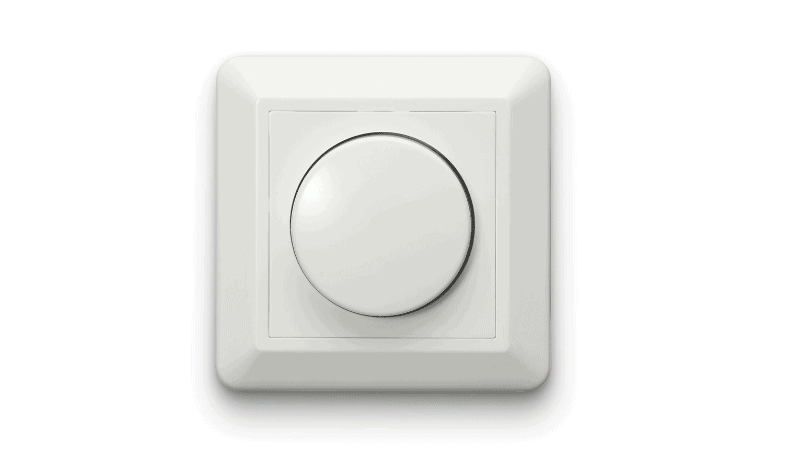
TRIAC is a light-dimming technology used in various dimmer switches to control bulb illumination. There are almost as many light dimmers available on the market as there are lighting technologies. These dimmer switches work with incandescent bulbs, halogens, CFLs (compact fluorescent light bulbs), and some LED light bulbs.
TRIAC (Triode for Alternating Current) is a type of semiconductor called a thyristor that can limit the amount of AC flowing through a lamp. Thyristors are unique devices with a three-electrode design consisting of an anode, a cathode, and a gate. Thyristor dimmers can only work if current actively passes through the gate.
Ask For Free Quote
Let us Respond Promptly for your Needs :)
Hence, if a current passes through the gate, the circuit will close, and the light bulb will turn on. The bulb will turn off if you stop the current flow to the gate. A standard bulb runs at full power because it receives a constant flow of electricity. But a TRIAC dimmer limits the current and sends it to the bulb in pulses.
The bulb appears dim to the human eye because it furs on and off hundreds of times a second. Longer delays between the electrical pulse will result in a much dimmer light bulb. TRIAC dimmers are an excellent and convenient way to control lighting systems. You can easily use them to dim the lights around your house using a dial.
1. AC Dimming vs. DC Dimming
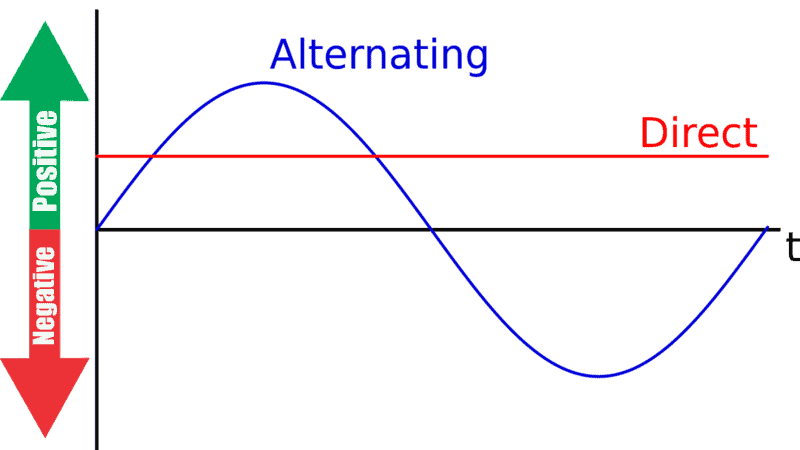
DC (Direct Current) is a direct flow of electrical current at a single consistent rate. Hence, DC dimming can be as simple as connecting a bulb to a variable power supply that can limit the current flow. Contrarily, AC (Alternating Current) flows as a sinusoidal wave, going from positive to negative. Using DC dimmers on AC devices will reduce the positive current but cannot process the negative current.
Therefore, a specialized electrical circuit, like a TRIAC, is required to dim AC devices. TRIAC dimmers use thyristors to allow AC flow in both negative and positive directions. A TRIAC dimmer is necessary for maximizing AC dimming efficiency.
2. Leading Edge vs. Trailing Edge Dimming
Leading-edge dimming stops AC current flow as the sinusoidal waveform reaches zero and starts it back up as it reaches the peak. TRIAC is a type of leading-edge dimming driver that provides light bulbs with a burst of electricity every half AC cycle.
The opposite of the leading edge is Trailing Edge Dimming, which is limited to sensitive electronics like LEDs that could be damaged by a sudden burst of current. Trailing edge dimmers are called LED-Ready dimmers for clear and concise marketing. Depending upon the configuration, TRIAC Dimmers can act as leading edge dimmers and trailing edge dimmers.
Ask For Free Quote
Let us Respond Promptly for your Needs :)
Types of Dimmer Switches
TRIAC dimmers are circuits that need to be installed into different switch housings to increase their capabilities further. On its own, This dimmer circuit can only dim one light from one location. However, when installed in a multi-location switch, the TRIAC dimmer circuit can dim more than one light from two or more locations.
A short list of the most popular light dimmer switches can house a TRIAC dimmer.

1. Single Pole Switches
A single-pole dimmer switch can control one light at a time. It uses a simple three-wire design consisting of a hot (live) wire, a neutral, and a ground. This is the most standard form a TRIAC dimmer can take. Single-pole switches have one on/off button and a slider or dial that controls the brightness.
2. 3-Way/4-Way Switches
Three-way dimmer switches are complicated electrical devices that control one or more bulbs from two different locations (or switches). They use a four-wire design, replacing the neutral wire with two traveler wires. These traveler wires connect the three-way switch to another switch in a different location.
Four-way switches control lighting systems at the Leading Edge. Leading-edge dimming stops AC flow as the sinusoidal waveform reaches zero and starts it back up as it reaches the peak.
TRIAC is a leading-edge dimming driver that provides light bulbs with a burst of electricity every half AC cycle.
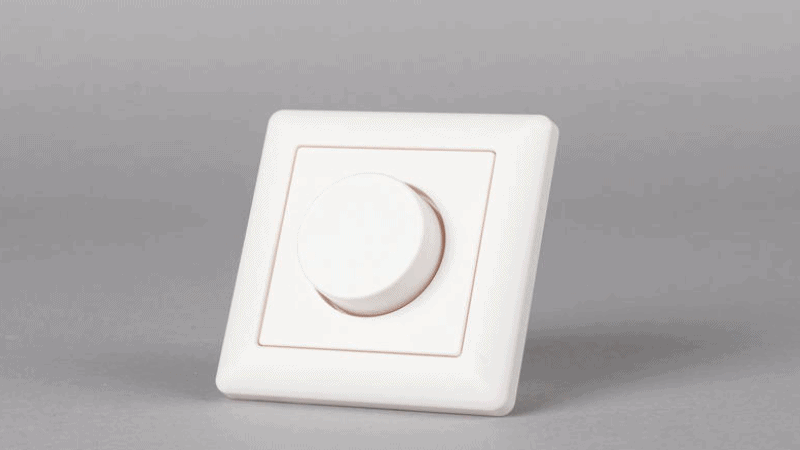
3. Multi-Location Switches
Multi-location dimmers are an advanced version of a 4-way dimmer switch. These switches can control a lighting system from more than three locations.
Additionally, you can use multi-location switches for variable dimming zones. You can have two types of dimming simultaneously active in your workspace. These dimmers’ higher precision and control are essential for lighting larger open-concept areas.
4. Plug-in Switches
Plug-in switches are external dimming drivers that must be wired into the wall socket. They act more like an extension cable than a regular dimming switch. Connect your desk or floor lamps through a plug-in switch to get dimming controls. If you’re using LED bulbs in your lamps, ensure they are dimmable.
Not all LED lights are dimmable and thus incompatible with dimmer switches. Plug-in light switch options are excellent for people who don’t want the hassle of wiring a permanent dimmer into their electrical socket.
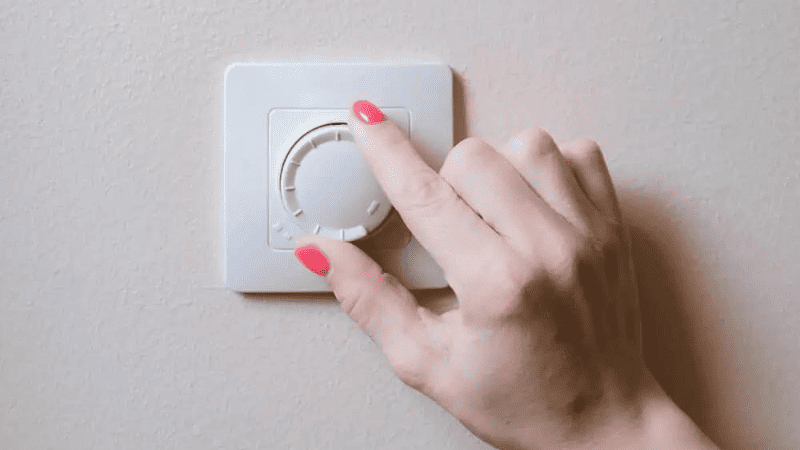
5. Smart Switches
Smart dimmers have a transmitter built into the switch that connects to your smartphone. Allowing you to control your lighting from anywhere you want.
Since the smart dimming instructions are sent over the internet through a wireless connection, you can even control your house’s lighting from your office.
Smart dimmers also allow you to schedule the time for your Luminaires. For example, you can use the smartphone app to set your house lights to turn on automatically around sunset time.
Ask For Free Quote
Let us Respond Promptly for your Needs :)
How Does a TRIAC Dimmer Work?
These dimmers take basic electronic devices like capacitors, potentiometers, and thyristors and make them work together in a specific sequence to generate pulses of AC.
Circuit diagrams and technical terms can be daunting, but TRIAC dimming is a relatively simple process.
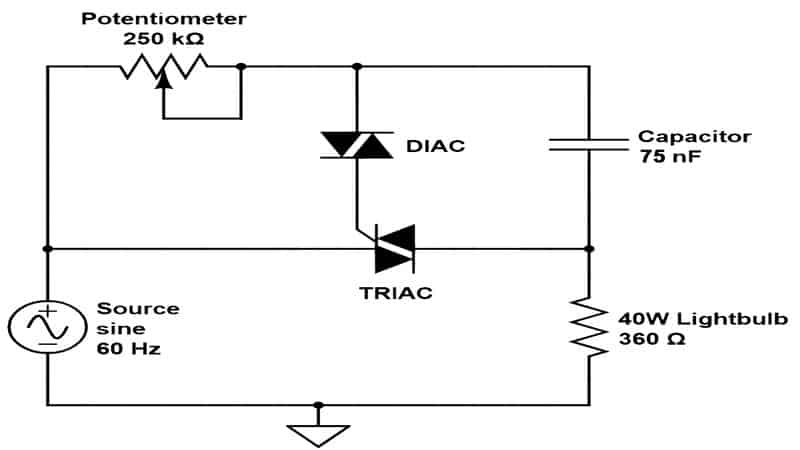
This section of the article takes all of the complexities of TRIAC dimming and reduces them to simple, easy-to-understand steps.
Step 1: Understanding Thyristors
A thyristor is a three-electrode semiconductor that allows for two-way (positive and negative AC) current flow through the anode and cathode. However, this is only possible if the third electrode is charged with electricity.
The TRIAC dimmer switch delivers a small burst of electric current to the gate at set intervals. This means the gate opens and closes more than 50 times in one second.
Thus, electricity flows through the thyristor in short pulses instead of continuously. If the gate is triggered at the beginning of a sinusoidal cycle, more electricity will be allowed to flow into the LED lights every pulse.
Contrarily, if the gate is triggered towards the end of the sinusoidal cycle, less electricity will flow to the LED lights.
Ask For Free Quote
Let us Respond Promptly for your Needs :)
Step 2: Capacitor Automation
Capacitors are small electronics that store and release electrical energy after being fully charged. TRIAC dimming switches place a small capacitor near the gate electrode of the thyristor.
The gate remains closed as the capacitor is charging, and no current is allowed to pass to the LED lights. Once the capacitor is fully charged, it triggers the gate, which turns the light bulb on.
Once the AC wave switches from positive to negative, the gate closes again, turning the light off. Now, the capacitor must be charged again, this time with the negative voltage waveform, and trigger the gate again.
A capacitor’s charging rate is determined by its capacitance (ability to store electrical energy). Larger capacitors have higher capacitance and will need more electricity to charge up.
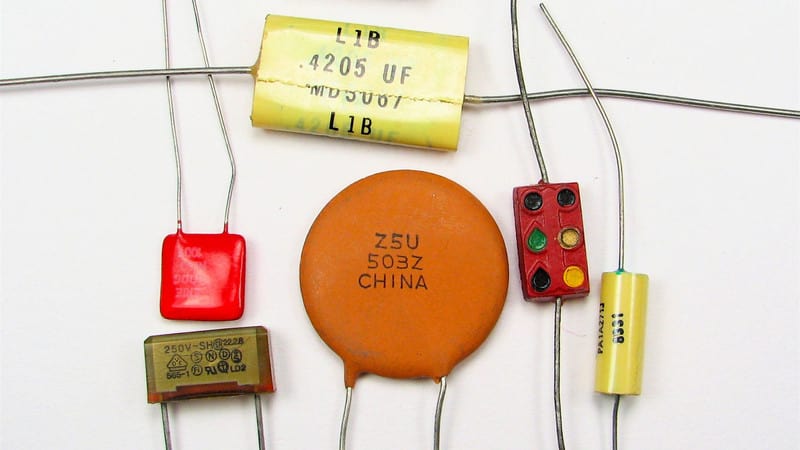
Step 3: Potentiometer Control
You can control the timing of the gate trigger by using a variable resistor called a potentiometer. Standard potentiometers come in the form of a knob or dial, like the ones on a sound system.
Potentiometers change the resistance of the TRIAC dimmer, which changes the amount of current that goes to the capacitor. Which, in turn, affects the duration of the pulses at the light source.
There is no intelligent digital controller involved in a TRIAC dimmer. Mathematically calculated capacitor and resistor values control the gate trigger timing.
Step 4: TRIAC dimmer control
A TRIAC dimmer takes the input voltage and prevents it from going to the light source. Capacitors and potentiometers temporarily supply current to the light in short pulses. Longer pulses will lead to brighter lights, while shorter pulses will lead to dimmer ones.
Watch a video clip to learn more about TRIAC dimmer:
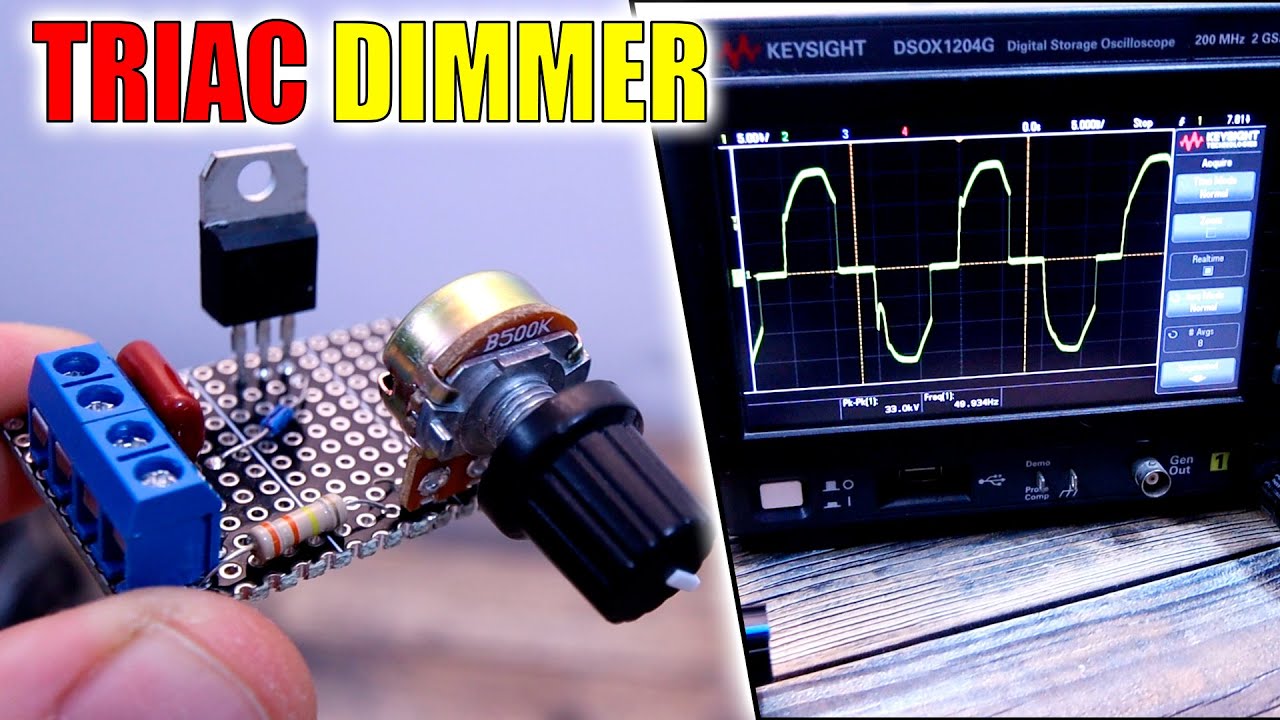
Pros and Cons of a TRIAC Dimmer
A TRIAC (Triode for Alternating Current) dimmer is a widely used control device for regulating the light output of incandescent and halogen bulbs. Understanding these pros and cons is crucial for making informed decisions about lighting adjustments in residential and commercial settings.
1. Cost Efficient
A typical TRIAC dimming LED driver for small-scale lighting solutions will be considerably more cost-effective than other dimming technologies.
A TRIAC dimmer is a basic electrical circuit comprising a thyristor, a potentiometer, and a capacitor. The cost-adding factors come from the fancy housing and designs of the dimmer switch.
The low dimming cost of TRIAC-based switches makes it a compelling option for homes, offices, and other small buildings.
2. High Voltage Support
TRIAC dimming controllers are a great option for high-voltage electrical devices. Almost every TRIAC dimming device is rated to operate at a few hundred volts of electricity.
The BTA24 TRIAC dimmer can support a maximum of 800v at 25 amps. Contrarily, DC LED dimmers are not designed to handle such high input voltage.
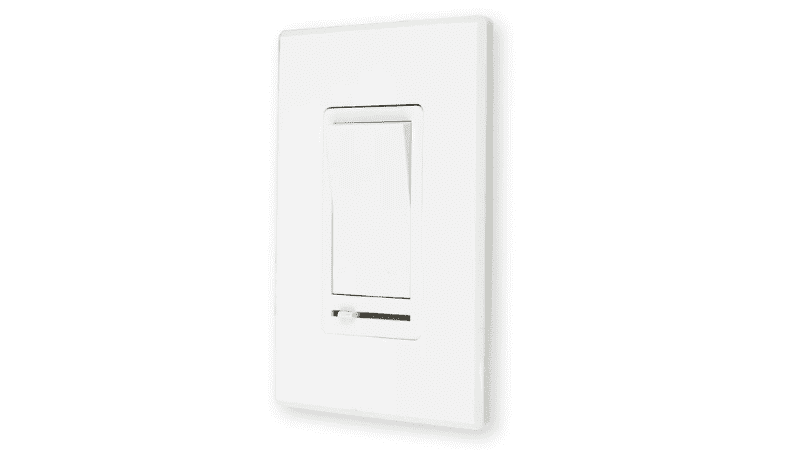
3. Easy Installation
These dimmers are available as single-unit switches that can be easily installed into the preexisting house wiring. In most cases, only one component, the wall switch, needs to be replaced.
Convenience is one of these dimmers’ biggest selling points. It reduces the barrier to entry for newcomers and ensures that even beginners can install them with a bit of know-how.
4. Reliability
A semiconductor dimmer is a purely analog technology. Hence, it won’t get hacked, run into soft water errors, or become incompatible with future firmware updates.
Hardwiring lighting fixtures is a more time-consuming process and the most reliable. When you hardwire a TRIAC dimming device into the wall socket, it will stay there for years to come, performing its one fixed function.

5. Weaker Dimming Drivers
TRIAC dimming devices are simple and easy-to-use electrical devices with near-universal compatibility with AC LED lights.
However, a TRIAC LED control system will have a shorter range than other dimming technologies. This dimming method depends on the AC voltage waveform and is constricted to the AC cycle.
6. Less Energy Efficient
A TRIAC dimmer draws a lot of AC power from the wall, but only some of it goes to the Luminaires. Power loss is inevitable when dealing with high voltages, and it trades electrical efficiency for broader compatibility.
Ask For Free Quote
Let us Respond Promptly for your Needs :)
Consumer Grade Dimming Solutions – TRIAC vs. PWM vs. 0-10v
TRIAC dimming is not the only commercially available dimming technology. PWM (pulse width modulation) is another common LED lighting-dimming solution that has seen broad adoption in the past few years.
PWM dimming operates similarly to a TRIAC dimmer. It frequently turns the LED lights on and off several times a second to create the illusion of dim light.
TRIAC Dimming
TRIAC dimming is an analog method of cutting off current to an electrical device. Analog dimming (physical dimming) means no computer software is required to control the switch.
Here the power supply sends out a complete AC signal, but the TRIAC dimmer breaks the current into chunks and only allows small bits to flow to the light bulb. TRIAC dimming is limited to the AC power supply.

PWM Dimming
PWM is a digital (uses a microcontroller) dimming method and a DC alternative to TRIAC dimmers. It rapidly turns the power supply on and off, resulting in less current flow to the electrical device.
To avoid light flickering, a PWM control system must switch on and off nearly 100 times a second.
Switching the power control system from off to on is only compatible with DC supplies, as the current flows consistently. A PWM dimmer switch is commonly used in computer hardware such as PC fans and RGB LED lighting.
0-10V Dimming
0-10V Dimming (or 1-10v Dimming) is an analog dimming method in which a dimmer switch sends electrical signals between zero and ten volts.
A receiving LED driver then adjusts the brightness based on the provided voltage. 0v means the minimum brightness, and 10v means the maximum. This dimming method is limited to DC power supply-compatible LED lights.
| TRIAC | PWM | 0-10v | |
|---|---|---|---|
| Dimming Technology | Analog | Digital | Analog |
| Input | AC | DC | DC |
| Light Voltage Support | High-Voltage | Low-Voltage | Low-Voltage |
Industrial Grade Alternatives to TRIAC Dimmer
The TRIAC dimmer is an excellent solution for dimmable lighting systems. However, other full-blown lighting control systems are available that offer more than simple dimming controls.
Industrial-grade lighting control solutions provide monitoring, dimming, color control, lighting patterns, and other features over simple TRIAC and PWM dimmers.
The following are the two most widely used lighting control systems.
1. DALI Control
Digital Addressable Lighting Interface, or DALI, is a specialized digital protocol that allows a lighting control system to communicate directly with individual light fixtures.
DALI isn’t a dimming method. It’s a complex system of lighting control that can also dim your lights. DALI is typically used in large-scale industrial applications like sports stadium lighting.
You can learn more about the DALI lighting control system.
2. DMX Dimming
Digital Multiplex Signal, or DXM, is another digital lighting protocol that can control a complex network of LED lights from a single location.
DMX is a more user-friendly lighting system that remotely controls an LED light source’s power, brightness, and color. DMX can be used for outdoor lighting.
DALI and DMX are similar systems that use very different approaches to lighting adjustment. Learn more about their differences to decide whether to choose DMX or DALI Lighting Control.
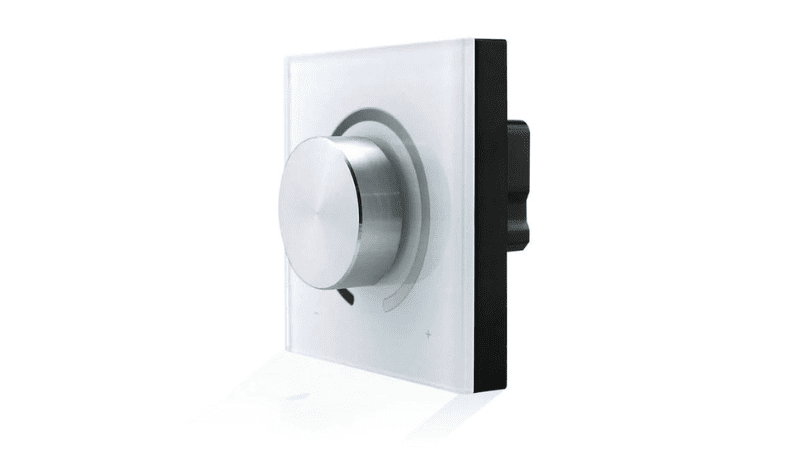
Which Dimming Solution Is Best for Your Lights?
Your workspace primarily defines your choice of dimming solution. Most lighting areas can be divided into the following categories based on size and application.
- Small and Simple
- Small and Complex
- Large and Simple
- Large and Complex
Small refers to fewer lighting fixtures and the type of lighting controls required. Dimming all lights to 50% brightness is a simple task. But dimming some lights to 50% and leaving the rest to full brightness is much more complex.
You can use any AC or DC dimming solution for small and simple solutions.
TRIAC dimmers are the best solution for retrofitting older houses with new dimmable bulbs. DC PWM dimmers are recommended for finer control over lighting fixtures.
You should use an industrial solution, like DALI or DMX, for large and complex lighting.
If you are unsure about a dimming solution, a TRIAC LED control system is a safe bet. TRIAC is AC-compatible, easy to install, cost-effective, and moderately versatile.
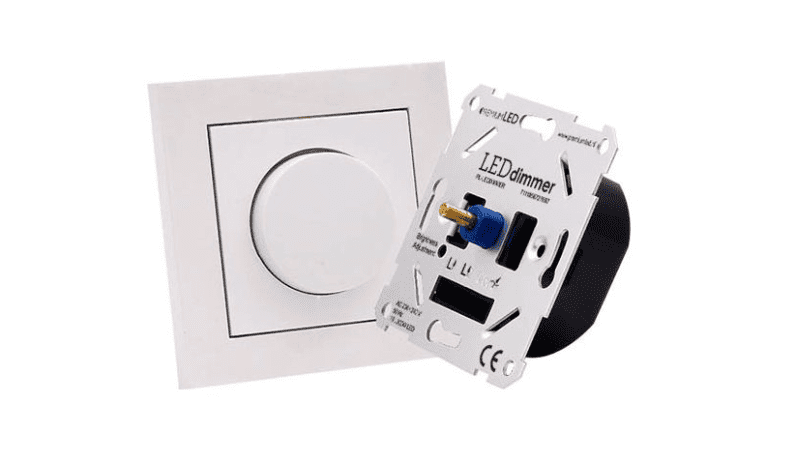
Conclusion
TRIAC dimmers are simple analog machines that can reliably and consistently dim lights by restricting AC flow. A TRIAC controller can use different dimming switches that improve the dimmer’s functionality.
This technology seems overly complex and daunting initially, but once you understand the basics, it becomes another lighting tool in your belt.
Get Best In Class Dimmable LEDs from RC Lighting
RC Lighting is a Chinese LED lighting supplier known for its exceptional quality Indoor and Outdoor lighting products. We provide LED lighting solutions to a global clientele of diverse businesses.
Our dimmable LED products are CE, RoHS, and UL/ETL certified and comply with international product safety guidelines. Please take advantage of our quick turnaround times, exceptional 5-year product warranty, and versatile OEM solutions. We are an excellent OME LED manufacturer in China.
A successful business requires reliable products from a trustworthy company. We understand the market needs and have produced durable and sustainable LED products for over a decade. Make your business a success with the perfect LED lighting. Contact us today!



